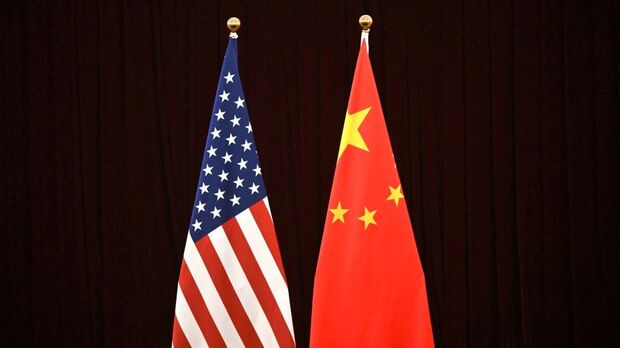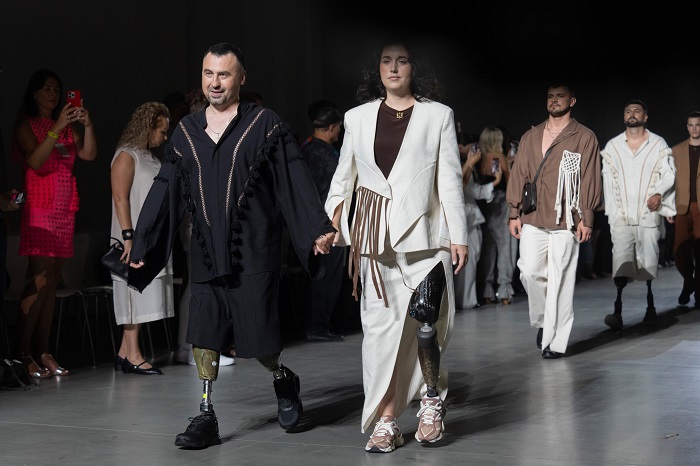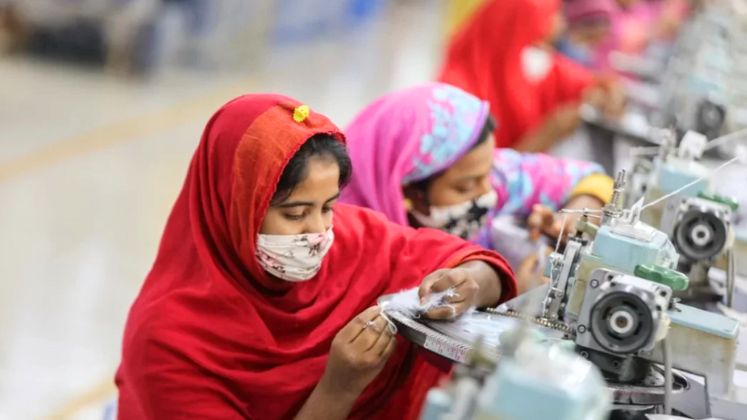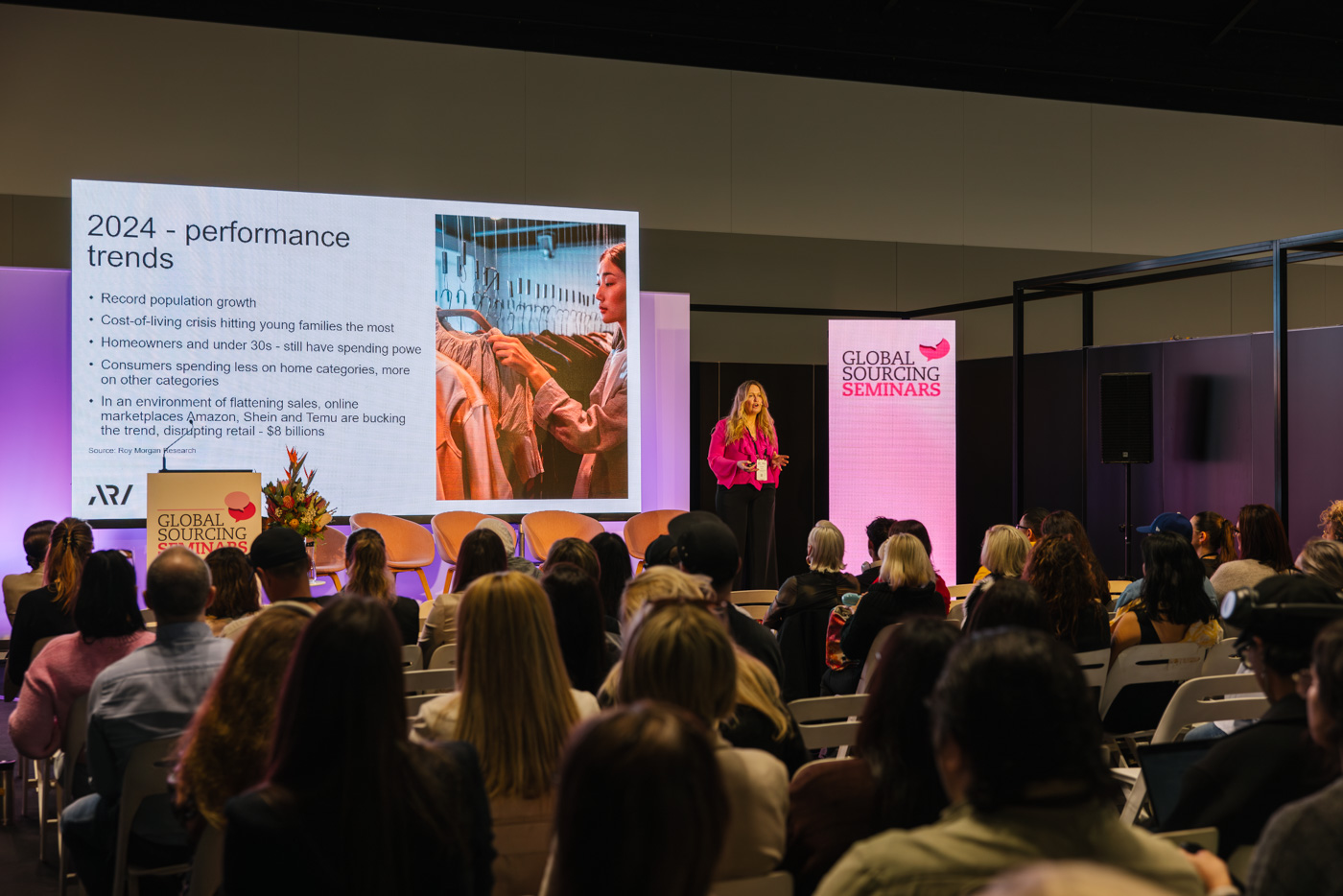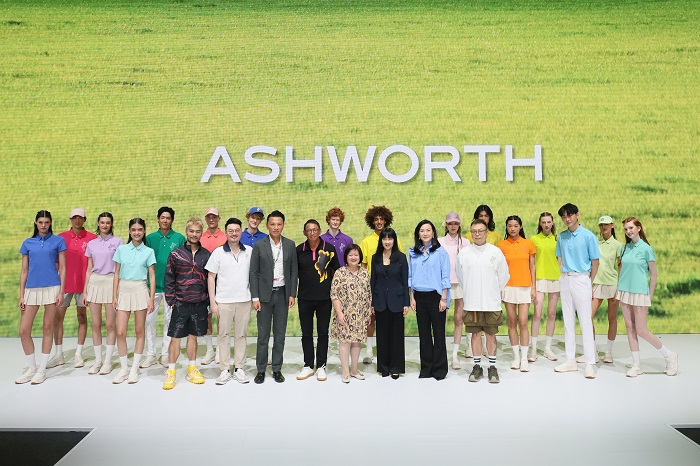FW
With export orders getting diverted to Bangladesh from China and Vietnam due to the ongoing tension between the two, a vista of new opportunities have opened up for Bangladesh denim makers. A rise in demand has forced industry players to think of increasing their production capacity and upgradation.
Bangladesh is the second largest producer of denim products after China and ships around 180 million pieces of denim jeans around the world annually. The country has more than 5,000 factories concentrated around Dhaka and the port city of Chittagong. Players claim that although other apparel segments are facing trouble due to factory compliance issues, denim makers are expected to score owing to a good price range and quality. Bangladesh is expected to fast replace China as the world's biggest denim exporter. The demand for denim goods is increasing, and the European Union (EU), the US and Russia are becoming top denim importing nations.
As per Bangladesh Garment Manufacturers and Exporters Association (BGMEA), due to better quality and a competitive price range, more than 66 international brands including Charles Voegele, G-Star, Jack and Jones, Oliver, River Island, H&M, C&A, PVH and GAP have turned to Bangladesh in the last couple of years. In last 10 months, the country's garment makers exported nearly 150 million pairs of denim jeans in men's and boys’ category.
EDANA, the international association serving the nonwovens and related industries has launched the first two of a series info-graphics, publically available on its website. These show the application of nonwovens in the areas of geotextiles and agriculture applications. According to EDANA, around 750 km of geotextiles nonwovens are manufactured and sold annually, 60 per cent of which are used in the construction of roads. However, if all new roads in EU were built with nonwovens, instead of gravel, the savings in CO2 equivalents would equal driving around the earth’s equator nearly 8,00,000 times. This is because the biggest impact derives from the weight of these materials, with gravel almost 4,000 times heavier than their nonwoven equivalent. Nonwovens mean a stronger road which can be manufactured with fewer materials. By being lighter, thinner and more resource efficient than gravel, nonwoven geotextiles offer both an environmental benefit, and cost savings to the user.
Additionally, nonwovens can bring a big difference to the amount of food produced, or prevent spoilage, once a crop has been harvested. Nonwoven crop covers can also be used again and again, and by increasing production and limiting damage to agricultural crops, nonwovens ensure that what is grown in the field counts.
EDANA serves more than 240 companies across 36 countries in the nonwovens and related industries, helping its members to design their future.
Known for its sugarcane fields, Mauritius is working hard to diversify its economic base. Textile and apparels now account for around 55 per cent of exports compared to 12 per cent for sugar. The country has come a long way from being a producer of basic products to a now vertically integrated supplier of design-led garments. Its major products include T-shirts, lingerie, sportswear, shirts, trousers, denim, suits and pullovers, produced by around 250 manufacturers for export.
Production has shifted from mass to more value-added products. Textile and apparel manufacturers have invested heavily in modern technology to climb the value chain and avoid being crushed by competition from China, Bangladesh, and Sri Lanka.
Mauritius has now become a regional hub for blue-chip corporates and has plans to become a duty-free island. The export sector caters to major markets of the world namely Europe, US and South Africa.
Sustainability is becoming an important aspect of Mauritian textile and apparel manufacturers' operations since that is critical to attract the right buyers. Investments have included new wash and dryer machines, designed to cut the use of energy and water. Key yarns used include organic and fair trade cotton, bamboo and African cotton.
Greenpeace, in its reports has said that they have found trace amounts of potentially hazardous chemicals in World Cup 2014 soccer merchandise released by Adidas, Nike and Puma. The study, which tested 33 products including football boots, shirts and goalkeepers gloves, found concentrations of PFOA in some products above EU regulatory limits and for the first time, sampled items for DMF, a chemical used in the synthetic leather making industry.
With the 2014 World Cup to be held in Brazil just around the corner, Greenpeace will launch its latest study on potentially hazardous chemicals in the textile industry with the roll out of its new report: ‘A Red Card for Sportswear Brands.’ This latest study as a part of its detox campaign tested a total of 33 products including 21 pairs of football boots, seven football shirts, four pairs of goalkeepers’ gloves and one ball, which were bought from 16 different regions around the world. These products from Nike, Adidas and Puma were tested for the presence of perfluorinated chemicals (PFC) and analysed for nonylphenol ethoxylates (NPE) and phthalates. The football boots and ball were analysed for dimethylformamide (DMF).
The reports says that such high levels suggest their deliberate use as a plasticiser, contrary to the corporate policies of brands and above the limits set in their chemicals management programs.
www.nike.com
The differences over inspection of 350 ready-garment (RMG) units selected by both Accord and Alliance for assessment are said to be increasing. While the Accord is sticking to its previous decision to assess all its listed factories, including those which have been overlapped with the Alliance list, the Alliance has decided to inspect the said numbers of factories, except 20 units which have already been assessed by the Accord.
Experts feel that if they both remain firm on their decisions regarding the inspection of common factories, it may lead to some problems including disruption in production activities of a significant number of units. Given the current situation, the matter was raised at a meeting held this week between the government and the stakeholders including representatives from the Accord and the Alliance.
Commerce Secretary Mahbub Ahmed, Labour Secretary Mikail Shipar, envoys from the embassies of the USA, the EU, Canada, the Netherlands and Denmark; BGMEA Vice President Md Shahidullah Azim, BKMEA Vice President Md Hatem, Alliance Managing Director M Rabin and Accord Chief Safety Inspector (CSI) Brad Loewen were present at the meeting held at the commerce ministry. The meeting discussed the updates on the ongoing garment factory assessment programs by Accord, Alliance and BUET. ILO and the labour ministry are also jointly working on modifications required in the database for the garment sector.
Uster Jossi instruments eliminate cotton contamination at the early stages of spinning mill processing. These machines are the result of recent acquisition of Jossi Systems by Uster Technologies.
Raw cotton is subject to various kinds of contamination, and its removal has long been a headache for quality-conscious spinners. Uster Technologies is proposing a significant and effective solution, to be unveiled for the first time in public at this year’s major textile machinery exhibition, ITMA Asia & CITME, in Shanghai.
The company will present the full range of established Uster instruments for laboratory and in-process testing of fibers and yarns, over a display area of 200 square meters. Also on display will be the Uster Jossi vision shield for detection and removal of all kinds of contaminants from raw cotton in the early stages of mill processing.
The complete Uster instrument ranges for both fiber and yarn quality control will be shown here – a particular eye-catcher being the latest Uster Classimat 5 yarn classification system. Switzerland-based Uster Group is a high technology instrument manufacturer of products for quality measurement and certification for the textile industry. The group provides testing and monitoring instruments, systems and services for each stage of textile production including raw textile fibers, such as cotton or wool, all staple fiber and filament yarns, as well as downstream services to the final finished fabric.
Yarn Expo Autumn 2014 is scheduled to be held from October 20 – 22, 2014. The three-day event will be held at the Shanghai New International Expo Centre. The fair has emerged as a platform for exhibitors keen on taping into the growing demand for fibre yarn products in China. Consumption of fibres and yarns in the country has risen steadily in recent years, so have imports.
According to data released by China Customs, imports of cotton yarn reached 679,000 tons in the first quarter this year, up 4.6 per cent from last year. The Yarn Expo focuses on a wide spectrum of natural and blended yarns including cotton, wool, flax/regenerated flax, and man-made fibres and yarns as well as specialty products including elastic, and fancy and blended yarns.
After drawing together over 6,000 visitors last year, Yarn Expo has proven to be one of the most efficient trading platforms for yarn products in the region. Held concurrently with other textile trade fairs -- Intertextile Shanghai Apparel Fabrics 2014 from October 20-23 and PH Value from October 20-22, exhibitors can benefit from the synergies brought by these two fairs.
www.yarn-expo-autumn.com
Lectra, the world leader in integrated technology solutions dedicated to industries using soft materials—fabrics, leather, technical textiles and composite materials has announced that Matalan is implementing Modaris, Lectra’s product development solution with integrated 3D technology. With this technology, Matalan aims to enhance their in-house development to achieve superior fit, style and quality of their garments.
Founded in 1985 by John Hargreaves, with 225 stores across the UK, Matalan offers products at an affordable price in men’s, women’s and children’s clothing as well as home ware. Matalan has always been keen to understand their customers’ fit requirements, and worked closely with Lectra to achieve consistency of fit across their styles and brands.
Matalan selected Lectra’s 3D product development solution, Modaris, because of its unique ability to apply sophisticated pattern making techniques to a virtual fitting room environment, allowing it to streamline and standardize their fit process.
www.lectra.com
So far blue jeans have been mainly about cotton. As cotton has been the essential fibre material for blue jeans. And consumers loved what they were wearing. But now that looks set to change. As the prices of cotton fiber have reached a record high three years ago, some brands and manufacturers sought to cut costs by diluting the cotton content with higher percentages of manmade fibers. And consumers reacted adversely. For one, they felt the longevity of denim would be reduced.
A recent study found consumers are willing to pay a little extra to get more cotton back into their jeans. US consumers own an average of seven denim items and wear jeans at least four days a week. Now, two-thirds of consumers are bothered by the reduction of cotton in their jeans.
Denim is a woven fabric commonly made with a blue cotton warp yarn and a white cotton filling yarn. The complex pattern in the fabric is referred to as twill weave and it’s caused by finely interwoven yarns. The white cotton filling yarns run the width of the fabric and interlace at 90 degree angles with the blue cotton warp yarns, which also run the length of the fabric, and so produce the fine lines seen on the denim.
ApparelSourcing Paris is gearing up for its 7th show, from September 15 to 18 2014 with an optimistic outlook. There has been an increase in the number of registrations compared with last September, also from returning exhibitors. The European rendezvous for sourcing expects to welcome more than 200 international exhibitors, a rise of 10 per cent compared to last year.
In view of the exhibition's growth and to improve overall clarity of the offer, the organisers plan to introduce a new classification of products, under three categories: essential, specific and expert. Major manufacturing countries like China, Bangladesh, India, Hong Kong, Pakistan, Turkey and Vietnam have already confirmed their attendance to show their new products and solutions to European buyers.
Buyers will have a wide variety of collections and a whole range of services to choose from. Starting with the standard CMT to development of bespoke products for knits, dresses and blouses, casual wear, sportswear, denim, shirting, suiting, outerwear, evening wear, lounge wear, business wear, formal wear, swim wear, corporate wear and accessories. Made-to-measure, bespoke finishing on a single-piece basis, will be exclusive feature to existing ranges offered at the exhibition.
apparelsourcing-fr.messefrankfurt.com/



